Increased Focus on Aesthetic Appeal
The Honeycomb Glass Market is witnessing a shift towards materials that enhance aesthetic appeal in architectural designs. As consumers and designers prioritize visual impact, honeycomb glass is becoming a preferred choice due to its unique appearance and versatility. This trend is particularly evident in high-end residential and commercial projects, where design innovation is paramount. Market analysis indicates that the demand for decorative glass products is expected to rise by 8% over the next few years. This suggests that the Honeycomb Glass Market could capitalize on this trend by offering a range of customizable options that cater to diverse design preferences, thereby attracting a broader customer base.
Regulatory Support for Sustainable Materials
The Honeycomb Glass Market is increasingly influenced by regulatory frameworks that promote the use of sustainable materials. Governments are implementing policies aimed at reducing environmental impact, which often include incentives for using energy-efficient and eco-friendly building materials. Honeycomb glass, with its potential for energy savings and recyclability, aligns well with these regulatory trends. Data indicates that regions implementing stricter building codes are seeing a rise in the adoption of sustainable materials, with honeycomb glass being a key player. This regulatory support suggests that the Honeycomb Glass Market may experience accelerated growth as more stakeholders seek compliance with environmental standards.
Rising Demand for Energy-Efficient Solutions
The Honeycomb Glass Market is experiencing a notable increase in demand for energy-efficient building materials. As energy conservation becomes a priority for both consumers and businesses, honeycomb glass, known for its insulating properties, is gaining traction. This material can significantly reduce energy consumption in buildings, aligning with sustainability goals. According to recent data, the energy-efficient glass market is projected to grow at a compound annual growth rate of approximately 10% over the next five years. This trend suggests that the Honeycomb Glass Market is well-positioned to benefit from the broader shift towards energy-efficient solutions, as architects and builders seek materials that contribute to lower energy costs and reduced carbon footprints.
Technological Innovations in Glass Manufacturing
The Honeycomb Glass Market is benefiting from advancements in glass manufacturing technologies. Innovations such as improved production techniques and enhanced material properties are enabling manufacturers to produce honeycomb glass that is not only stronger but also more efficient. These technological developments are likely to lead to a reduction in production costs and an increase in product quality. Recent reports indicate that the glass manufacturing sector is investing heavily in research and development, with expenditures expected to rise by 15% in the coming years. This investment suggests that the Honeycomb Glass Market will continue to evolve, offering products that meet the growing demands for performance and sustainability.
Growth in Construction and Infrastructure Development
The Honeycomb Glass Market is poised for growth due to the ongoing expansion in construction and infrastructure development. As urbanization accelerates, there is a rising need for innovative building materials that offer both aesthetic appeal and functional benefits. Honeycomb glass, with its lightweight and durable characteristics, is increasingly being utilized in commercial and residential projects. Recent statistics indicate that the construction sector is expected to grow by 5% annually, which could lead to a corresponding increase in the demand for honeycomb glass products. This growth trajectory suggests that the Honeycomb Glass Market will likely see enhanced opportunities as new projects emerge, further solidifying its role in modern architecture.


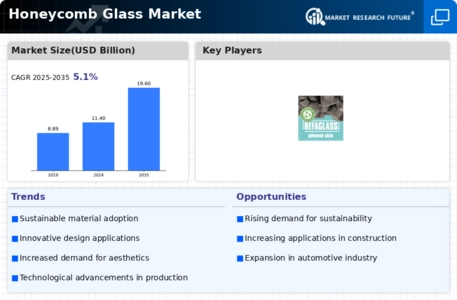
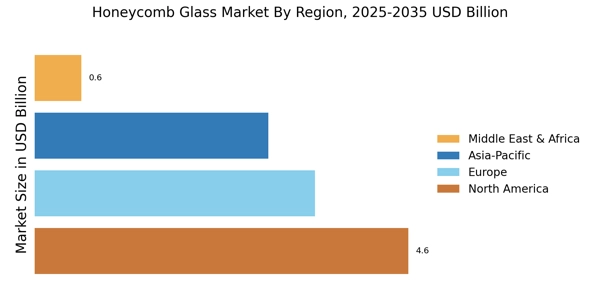

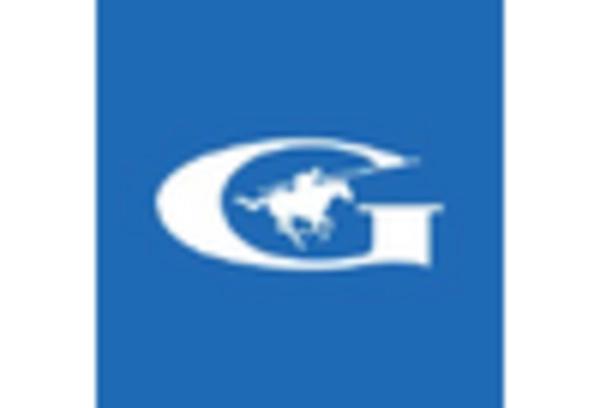
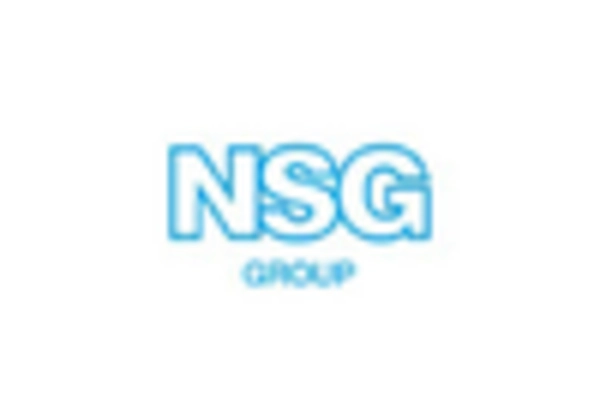
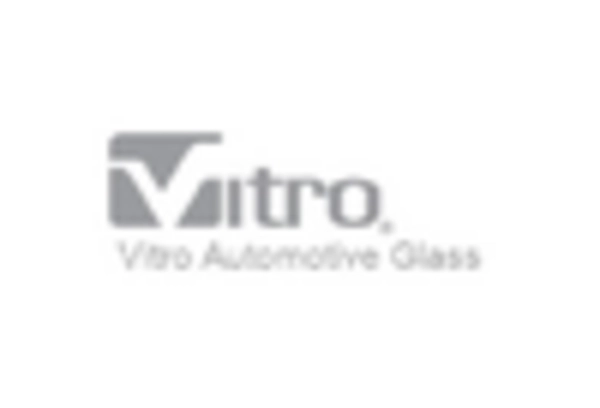










Leave a Comment